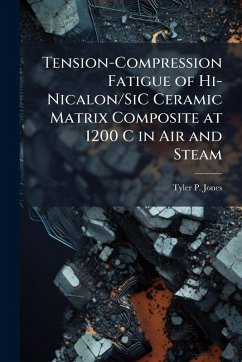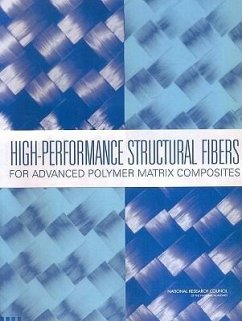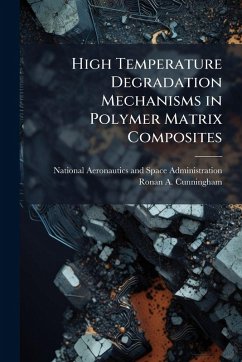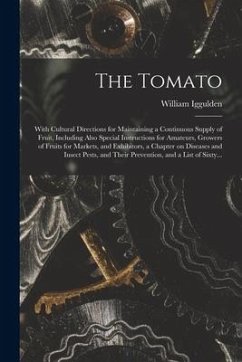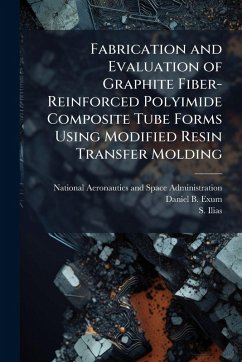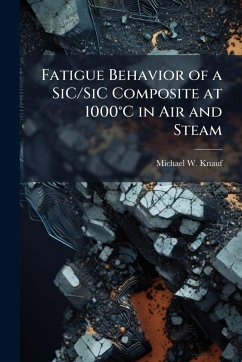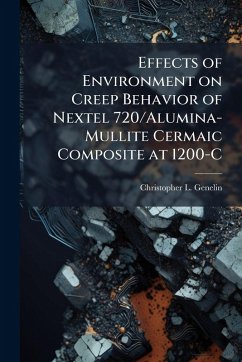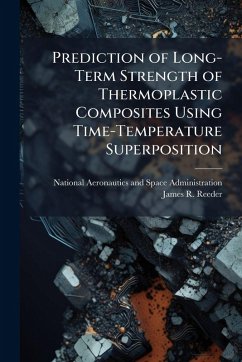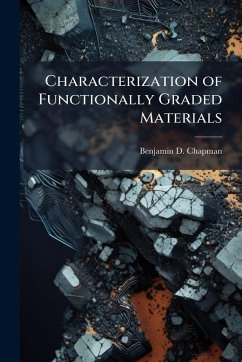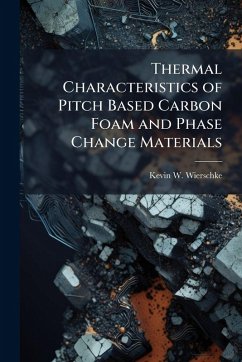
The Oxidation Kinetics of Continuous Carbon Fibers in a Cracked Ceramic Matrix Composite

PAYBACK Punkte
9 °P sammeln!
Experimental observations and results suggest two primary regimes as a function of temperature, i.e., diffusion and reaction controlled kinetics. Thermogravimetric analysis of carbon fiber in flowing oxygen gave an activation energy of 64.1 kJ/mol in the temperature range of 500 to 600 C and an apparent activation energy of 7.6 kJ/mol for temperatures from 600 to 1400 C. When C/SiC composite material was unstressed, matrix effects at temperatures from 900 to 1400 C protected the internal fibers. When under stress, self-protection was not observed. Increasing the stress from 10 to 25 ksi caused...
Experimental observations and results suggest two primary regimes as a function of temperature, i.e., diffusion and reaction controlled kinetics. Thermogravimetric analysis of carbon fiber in flowing oxygen gave an activation energy of 64.1 kJ/mol in the temperature range of 500 to 600 C and an apparent activation energy of 7.6 kJ/mol for temperatures from 600 to 1400 C. When C/SiC composite material was unstressed, matrix effects at temperatures from 900 to 1400 C protected the internal fibers. When under stress, self-protection was not observed. Increasing the stress from 10 to 25 ksi caused a 67 to 82 percent reduction in times to failure at temperatures from 750 to 1500 C. Based on experimental results, observation, and theory, a finite difference model was developed, which simulates the diffusion of oxygen into a matrix crack that is bridged by carbon fibers. The model allows the influence of important variables on oxidation kinetics to be studied systematically, i.e., temperature, reaction rate constant, diffusion coefficient, environment, and sample geometry. This work has been selected by scholars as being culturally important, and is part of the knowledge base of civilization as we know it. This work was reproduced from the original artifact, and remains as true to the original work as possible. Therefore, you will see the original copyright references, library stamps (as most of these works have been housed in our most important libraries around the world), and other notations in the work. This work is in the public domain in the United States of America, and possibly other nations. Within the United States, you may freely copy and distribute this work, as no entity (individual or corporate) has a copyright on the body of the work. As a reproduction of a historical artifact, this work may contain missing or blurred pages, poor pictures, errant marks, etc. Scholars believe, and we concur, that this work is important enough to be preserved, reproduced, and made generally available to the public. We appreciate your support of the preservation process, and thank you for being an important part of keeping this knowledge alive and relevant.



